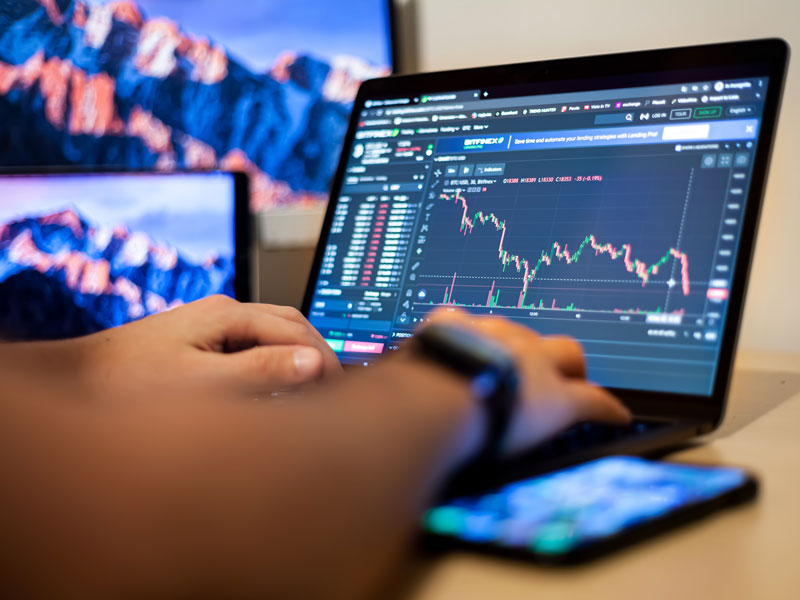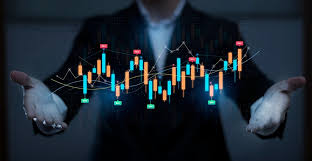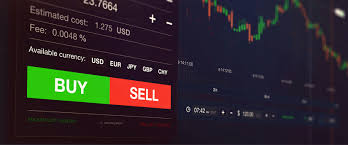
Forex trading, also known as foreign exchange trading or currency trading, is the process of exchanging one currency for another with the aim of making a profit. It operates on a global scale, allowing traders to engage in the buying and selling of currencies across various platforms. In essence, forex trading involves speculating on the rise or fall of currency pairs, such as EUR/USD or USD/JPY. For more insights on Forex trading, you can check this resource: what is forex trading https://acev.io/.
What is Forex Trading?
The foreign exchange market, commonly referred to as the Forex market, is one of the largest and most liquid financial markets in the world. Unlike other financial markets that operate through exchanges, the Forex market has no physical location and is decentralized. It operates 24 hours a day, five days a week, and involves a network of banks, brokers, institutions, and individual traders. The primary purpose of this market is to facilitate international trade and investment by allowing currency conversion.
The Mechanism of Forex Trading
Forex trading involves the simultaneous buying of one currency and selling of another. Currencies are traded in pairs, and the price of a currency pair reflects the value of one currency relative to another. For instance, in the EUR/USD pair, if the exchange rate is 1.20, it means that 1 Euro is equivalent to 1.20 US dollars.
Traders utilize various analytical methods to determine potential currency movements, such as fundamental analysis, which examines economic indicators, and technical analysis, which focuses on historical price movements and chart patterns. Utilizing these methods can aid traders in making informed decisions on when to enter or exit a trade.
Key Terms in Forex Trading
- Pips: The smallest price movement in a currency pair, typically the fourth decimal place.
- Leverage: A tool that allows traders to control a larger position with a smaller amount of capital, thus amplifying both potential gains and losses.
- Spread: The difference between the bid price and the ask price of a currency pair.
- Candlestick Charts: A type of financial chart that uses candlesticks to represent price movements over time, providing traders with insight into market trends and reversals.

Types of Forex Trading Strategies
There are numerous trading strategies that traders can employ, depending on their trading style, risk tolerance, and market conditions. Here are some popular strategies:
Day Trading
Day trading involves making multiple trades within a single day, with the goal of profiting from short-term price movements. This strategy requires close monitoring of the market and quick decision-making.
Swing Trading
Swing trading focuses on capturing larger price movements over a period of days or weeks. Traders identify potential reversal points in the market and hold positions longer than day traders.
Scalping
Scalping is a strategy that aims to make small profits from minute price changes. Traders using this method enter and exit trades rapidly, often within seconds or minutes.
Risks Associated with Forex Trading

While forex trading offers opportunities for profit, it also comes with inherent risks. The high leverage available in forex makes it easy for traders to increase their potential profits, but it also significantly heightens the risk of substantial losses. Additionally, the volatility of currency pairs can result in sudden price swings that can affect trading positions.
To mitigate risks, traders are advised to employ sound risk management practices, such as setting stop-loss orders, ensuring diversification, and only risking a small percentage of their trading capital on any single trade.
Getting Started in Forex Trading
For those interested in starting forex trading, the first step is usually to educate yourself about the market, the mechanics of trading, and the various strategies. After gaining knowledge, prospective traders should choose a reliable forex broker to access the market. Brokers provide trading platforms where traders can execute their trades and often offer various resources for market analysis.
Opening a demo account is a prudent option for beginners. A demo account allows traders to practice trading with virtual capital and develop their skills without financial risk. Once comfortable and confident, traders can transition to live accounts to start trading with real money.
Conclusion
Forex trading can be a rewarding venture for those willing to invest time and effort into learning the market. It offers the potential for profit through careful analysis and strategic planning. However, it is crucial to remain aware of the risks involved and implement effective risk management strategies. By approaching forex trading with diligence and a willingness to learn, traders can navigate this dynamic market more effectively and work towards achieving their financial goals.